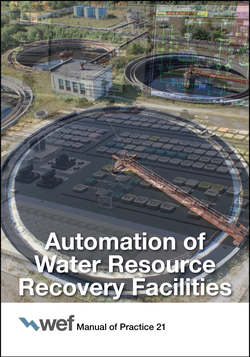Читать книгу Automation of Water Resource Recovery Facilities - Water Environment Federation - Страница 45
4.1.3 Life Cycle Costs and Net Present Value
ОглавлениеIn the NPV approach, costs and benefits are evaluated over the life cycle of the investment and are expressed in terms of a net present cost or value. Costs include capital expenditures, operating costs, maintenance, training, and salvage value amortized over the life of the project. Benefits can include labor savings, energy savings, chemical costs, reduction in fines, and so on; these can also be expressed as a present value. Other financial considerations include the cost of money, inflation rates, life of the project, and lost opportunity costs.
All costs and benefits need to be calculated in terms of present dollars. Most books on engineering economics will have various formulae for calculating present worth and related parameters. The formula relating future values to present worth is
Where
P = present worth of money,
F = future payment or savings,
I = interest rate per interest period or discount rate, and
n = number of interest periods.
In this instance, the present worth of the net benefit is $1,158,260.24 (Table 2.3), which compares to an initial investment of $500,000.
The U.S. Office of Management and Budget’s (1992) Guidelines and Discount Rates for Benefit-Cost Analysis of Federal Programs states, “The standard criterion for deciding whether a government program can be justified on economic principles is [NPV]”.
